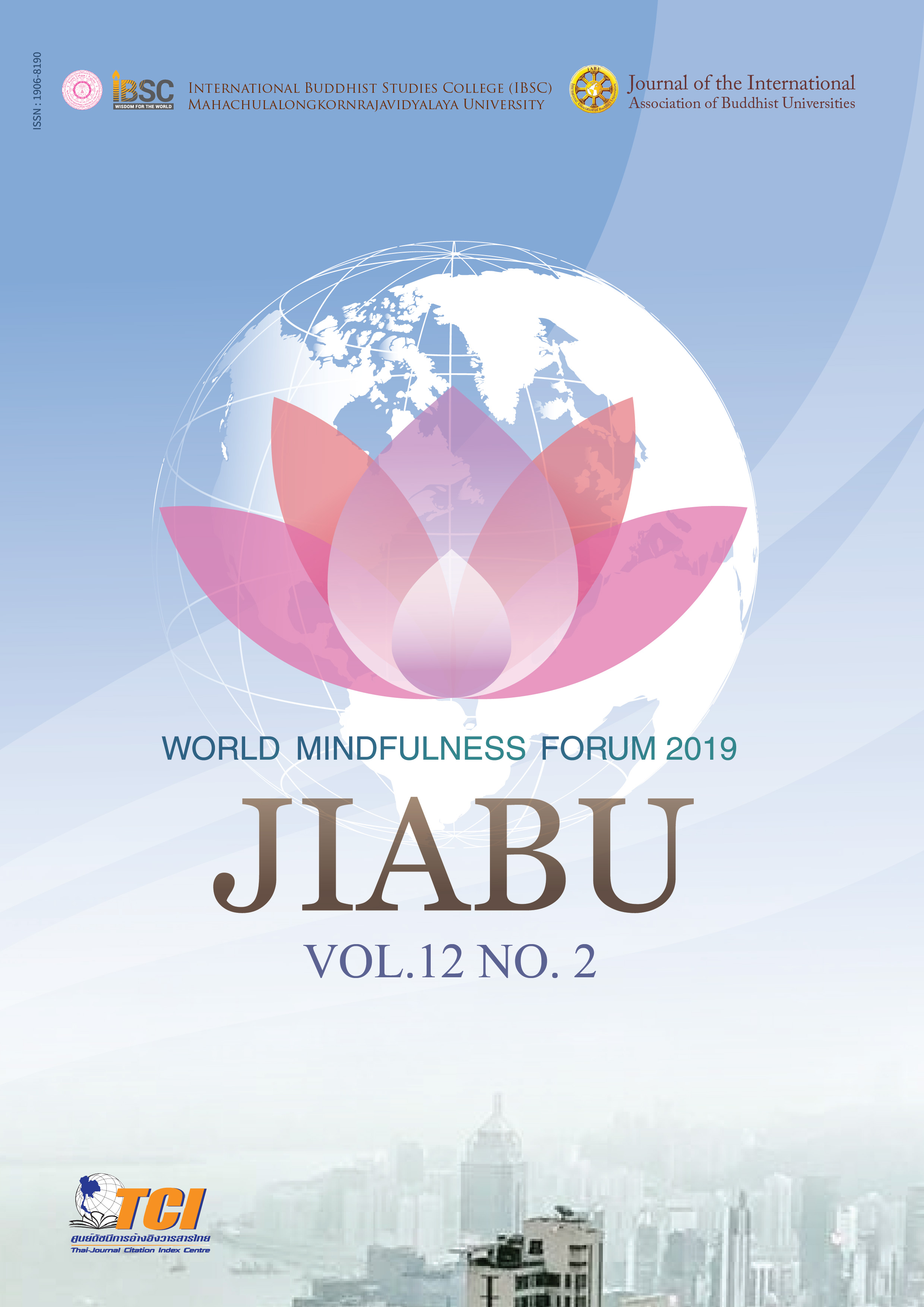Yeshe Dorji: The Founder of Bhutan’s Dragon Tradition
Main Article Content
Abstract
Tsangpa Gyare or Yeshe Dorji (1161–1211) was the main disciple of Lingchen Repa Pema Dorji and the founder of the Bhutan’s Dragon Tradition – Drukpa Kagyu Lineage – the main or central branch of which was, until the 17th Century, transmitted by his hereditary family lineage at Ralung in the Tsang region of western Tibet. He was one of the great teachers in Tibet. While he was alive, treasured by many others with his wisdom and compassion, he wrote many books and helped many people to practice for his entire life.
The Druk (Standard Tibetan: འབྲུག, Dzongkha: འབྲུག་) is the “Thunder Dragon” of Tibetan and Bhutanese mythology and a Bhutanese national symbol. Druk is highly regarded by the lineage of Drukpa Tsangpa Gyare/Yeshe Dorji. Not only, Druk became the name of the country after the arrival of respected Shabdrung Ngawang Namgyel in 1616 and after the first monastic establishment in 1621 at Chagri Dorji Dhen, but also by the main instructions of Tendrel; the dependent and inter-dependent teachings to the followers which was received by Tsangpa Gyare from the seven Buddhas at Tsari.
Shabdrung Ngawang Namgyel taught all the teachings of Tsangpa Gyare in Bhutan. He was the third incarnation of Tsangpa Gayre. The country of Bhutan is therefore called as ‘Druk’; the land is called as ‘Drukyul’; and the people are called as ‘Drukpa’. In the Bhutan’s Dragon tradition, people have their own unique way of transmission of customs or beliefs from generation to generation. These traditions in Bhutan are mostly learnt by the monastic schools, Buddhist colleges, and by the Buddhist University. The meditation courses of Tsangpa Gyare are taught in retreat areas throughout Bhutan.
Keywords: Tsangpa Gyare, Yeshe Dorji, Drukpa Kagyu Lineage, Druk, Bhutan
Article Details
Views and opinions expressed in the articles published by The Journal of the International Association of Buddhist Universities (JIABU), are of responsibility by such authors but not the editors and do not necessarily reflect those of the editors.
References
2. Cappeller, Carl (2010). A Sanskrit-English Dictionary, Based Upon the St. Petersburg Lexicons. Charleston, South Carolina: Nabu Press.
3. Biography and the teachings of Tsangpa Gyare, collected by the Central Monastic Body of Bhutan.
4. Chinese Buddhist Encyclopedia (6 May 2019). Tsangpa Gyare. Retrieved on 14 August 2019, [Online] from http://www.chinabuddhismencyclopedia.com/en/index.php?title= Tsangpa_Gyare.
5. Dargye, Yonten (2001). History of the Drukpa Kagyu School in Bhutan (12th to 17th Century A.D.). Thimphu: Bhutan.
6. Miller, W. Blythe (2006). Brug pa'i lo rgyus zur tsam: An Analysis of a Thirteenth Century Tibetan Buddhist Lineage History. Tibet Journal, vol. 31, no. 3, pp. 17-42, at pp. 22-25.
7. Martin, Dan (Unknown). The First Drukchen, Tsangpa Gyare Yeshe Dorje, Retrieved on 14 August 2019, [Online] from https://treasuryoflives.org/biographies/view/Tsangpa-Gyarepa-Yeshe-Dorje/11865.
8. Druk (30 June 2019). Wikipedia: The Free Encyclopedia. Retrieved on 15 August 2019, from https://en.wikipedia.org/wiki/Druk.
9. Drukpa Plouray (Unknown). The Drukpa Lineage: Posted in Presentatoin. Retrieved on 15 August 2019, [Online] from https://www.drukpa.eu/en/presentation-en/the-drukpa-lineage.html.
10. Dzogchen Gonpa (2011). Dzogchen. Retrieved on 14 August 2019, [Online] from http://www.dzogchengonpa.org/.
11. Gyalwang Drukpa: Mahasiddha Naropa (2016). Tsangpa Gyare Yeshe Dorje. Retrieved on 14 August 2019, [Online] from http://www.drukpa.org/drukpa-order/60-drukpa-lineage/the-past-reincarnations/286-tsangpa-gyare-yeshe-dorje.
12. Tsangpa Gyare (7 September 2019). Wikipedia: The Free Encyclopedia. Retrieved on 15 August 2019, [Online] from https://en.wikipedia.org/wiki/Tsangpa_Gyare.


